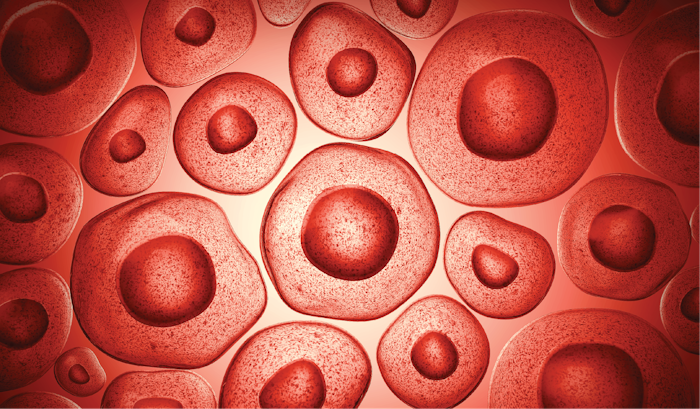Pediatric Brain Tumor Classification and Segmentation using Transfer Learning from Adult Datasets

About this
Project
When treating patients with brain cancer, one of the first steps is to classify the tumor type. Classifying tumors involves assessing the appearance of tumor cells under a microscope. Cancer cells that have an appearance similar to normal cells are described as low-grade (grade 1) and cells that appear distinctly abnormal are considered high grade (grade 3). The classification of a tumor is critical to make treatment decisions. Another important task is tumor image segmentation. This involves using medical imagery to differentiate the tumor from normal brain tissue. Researchers are beginning to train computers (using algorithms, instructions that the computer uses to assess information) to complete tumor classification and segmentation. There are many structural differences between adult and pediatric brain tumors, but researchers hope that these analysis methods will be transferable. The goal of this project is to train a deep learning/CNN algorithm using adult brain MRI data and applying transfer learning techniques that will then be used with pediatric brain tumor data. Researchers will access the Pediatric Brain Tumor Atlas for invaluable information across tumor types that will help them train newly developed algorithms.
Ask The
Scientists
What are the goals of this project?
Researchers have worked to develop algorithms to aid in the classification and segmentation of tumors in adult populations and the goal of this project is to expand the use of such algorithms for pediatric brain cancers.
What is the impact of this project?
Classification and segmentation are crucial in the diagnosis and treatment of cancers and by training algorithms to streamline this work, researchers can improve treatment, advance the efficiency of pediatric brain cancer care to improve outcomes.
Why is the CBTN request important to this project?
Previous work has focused on building algorithms for use with adult patient data, access to the Pediatric Brain Tumor Atlas gives researchers the opportunity to validate and expand this work to include pediatric cancers.
Specimen Data
The Children's Brain Tumor Network contributed to this project by providing access to the Pediatric Brain Tumor Atlas.
related

